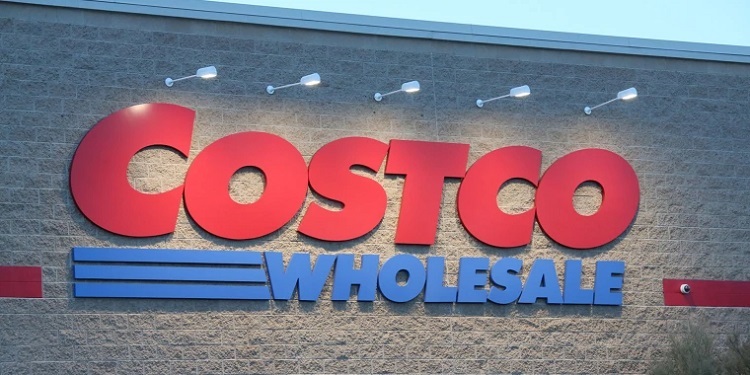What Are The Signs Pointing On Do You Need Massage Or Body Rub Question?
Many people, especially males, may spontaneously confuse massage and rub practices, even though they’re far distinct in between. One can actually find it a bit…

Who We Are
Meet William Woodall, the visionary founder behind All the Rage Faces. Passionate about curating a wealth of information, Woodall established All the Rage Faces as a dynamic platform offering insightful articles across diverse niches. His dedication to creating a knowledge hub reflects the website’s commitment to providing valuable content.
All the Rage Faces, under Woodall’s guidance, has become a go-to destination for those seeking informative articles on technology, lifestyle, and contemporary trends. William Woodall’s vision and leadership have played a pivotal role in shaping All the Rage Faces into a trusted resource, engaging audiences, and fostering a community of knowledge seekers.
“Unveiling a World of Automotive Insights and Stories”
Unlock the Road to Auto Enlightenment
Its a treasure trove of information and resources to empower you with all things auto-related. Whether you’re an aspiring car enthusiast, a seasoned driver looking for expert tips, or simply curious about the fascinating world of automobiles, this is your go-to destination.
We showcase a wide variety of engaging and well-researched topics covering various aspects of automobiles. From in-depth guides on buying or selling a car to maintenance tips and tricks to keep your vehicle running smoothly, we’ve got you covered. Our goal is to provide you with the knowledge and insights necessary to make informed decisions and enhance your overall auto experience.
Explore our collection of informative content on different makes and models, advancements in automotive technology, safety features, vehicle reviews, comparative analysis, and much more. We strive to offer easy-to-understand explanations using simple English words without compromising on accuracy or depth.
Vehicle Lights & Atv Lighting Kits: Illuminating The Path In Safety And Adventure
Exploring Modern Car Accessories for Enhanced Convenience
Gift Ideas That Will Delight Truck Drivers on the Road
Exploring the World of Business
Nourishing Minds Through Education

What Are the Top Ranked Postgraduate Courses in London and Why?




















